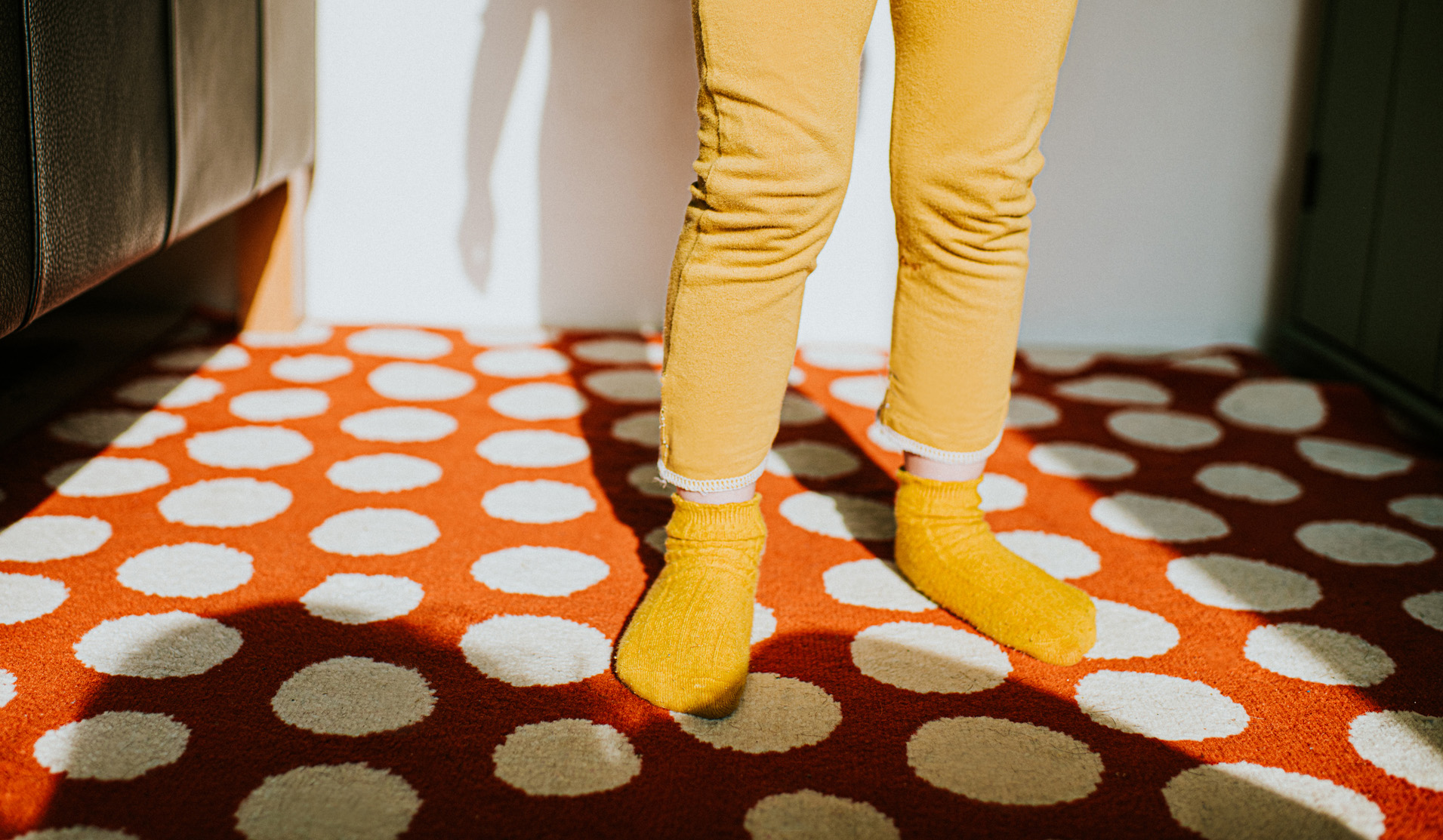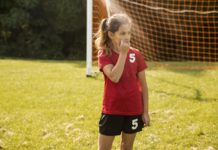
Many parents want their child to be the star athlete, but kids don't always excel in sports. Of course, that's OK—unless there's a deeper reason for a child's inability to keep up with his teammates kicking skills on the soccer field or why they always leave practice injured. And though a seeming lack of coordination or perceived absence of "God-given" athleticism are common among kids, experts say some children may actually have undiagnosed but treatable medical conditions or disorders.
That's something Edward Laskowski, M.D., the former co-director of the Mayo Clinic sports medicine program and a professor of physical medicine, rehabilitation, and orthopedics at the Mayo Clinic in Rochester, Minnesota, has seen among the thousands of adolescent athletes he's treated.
Someone suffering from supinator syndrome, for instance, has a pinched radial nerve in their arm that prevents them from rotating their wrist or arm as far as most people can. "While not very common, such individuals may not be able to rotate their arm to the angle necessary to shoot a basketball correctly," says Dr. Laskowski.
More common disorders or medical conditions affecting athletes and would-be ones include foot overpronation, limited joint or muscle ranges, balancing disorders such as benign paroxysmal positional vertigo (BPPV), eyesight limitations, frozen shoulder, or exercise-induced asthma.
The good news is that once these are diagnosed, the issues can often be treated. Here's what experts say parents should pay attention to and how they can help their children have a happier and healthier athletic career.
Look Out for Symptoms of a Problem
Many injuries can be prevented from having issues diagnosed early on. For example, a 2021 American Journal of Sports Medicine study found that 88 percent of professional women's soccer ACL injuries stemmed from dynamic knee valgus (DKV), an almost imperceptible rotation of the knee slightly inward, requiring a degree of subconscious movement overcorrection on the playing field. The disorder is often correctable once discovered. "If a child does a single-leg squat and their knee caves inward, they may have DKV," says Dr. Laskowski.
Other signs parents can look out for include observing how a child throws a ball and whether they seem to be having trouble rotating their shoulder or arm in the process (a possible indication of supinator syndrome or frozen shoulder), checking soles and heels of shoes to see if a foot appears to be wearing down in one area more than another (suggesting foot overpronation), and paying attention if a child squints when looking in the distance (that can indicate nearsightedness).
About 4 in 100 adolescents also suffer from idiopathic scoliosis, a condition that causes the spine to curve. Loren Fishman, M.D., a professor of physical medicine and rehabilitation at Columbia University, says that a 10- or 25- degree curvature of the spine "absolutely affects their performance in sports whether they realize it or not." Parents can check for adolescent idiopathic scoliosis by seeing if one of their child's shoulders is higher than the other, or if one leg looks longer than the other, or if the ribs on one side seem more prominent than their ribs on other side. "You'll need an X-ray to know for sure but looking out for these signs is how you know if a doctor's visit is warranted," says Dr. Fishman, who treats adolescent idiopathic scoliosis in his patients through yoga poses that strengthen the areas of the body most affected by the spine's curvature.
Another thing parents should pay attention to is persistent deficits. "If a child is always lifting to the right or falling frequently or says he's experiencing double vision, that's cause for medical evaluation," explains Dr. Laskowski.
Don't ignore "popping sounds heard with joint movement" either, says Elena Man, M.D., a pediatrician practicing in Brooklyn, New York. Such noises aren't usually cause for concern, "unless it happens in hips, which may warrant a professional exam to check for adolescent hip dysplasia."
What Else Parents Can Do
Encourage kids to play more than one sport
Children and teens should be encouraged to play a variety of sports to prevent injuries, advises Dr. Laskowski. Playing the same sport too often increases the possibility of overload injuries—when an athlete overworks and overstrains the same muscle-tendon-bone areas of the body through repeating the same movements. "We're seeing more younger kids than ever before coming in with overload injuries usually common in much older athletes," says Dr. Laskowski. "Kids are overplaying, overusing [the same muscles], and burning out."
Such injuries, he explains, can be especially worrisome when they occur on still-developing bodies. "An injury sustained during the teenage years can stay with a person for the rest of their life," he says.
To prevent overload injuries, Dr. Laskowski recommends kids play a different sport during the off-season of the sport they are most interested in. Three to four months in between is best.
Trying a variety of sports and encouraging "lots of free play" also helps kids learn additional techniques, develop body awareness, strengthen a broader spectrum of muscle groups, and allows them to get in shape for the sport that best suits them. "Don't play your sport to be in shape, be in shape to play your sport," advises Dr. Laskowski.
Let kids follow their passion
Dr. Laskowski stresses that he's treated some children who may otherwise be exceptional in certain sports but have been pushed into playing one they're not really interested in or one that doesn't come as naturally. "Too many parents are forcing a would-be Olympic swimmer into kicking a ball down the soccer field," he explains. Allowing kids to choose a sport they are interested in can make all the difference in their performance and their commitment in participating.
Pay attention to their training
Some kids who seem to struggle athletically may simply need to be taught correct techniques or movement patterns for the sport they're playing. "There's a right way and a wrong way to throw a baseball," says Dr. Laskowski. "If someone learns the wrong way to throw a ball as a child, they'll be hardwired to throw it incorrectly until someone teaches them otherwise."
What's more, throwing a baseball incorrectly or employing the wrong muscles on the football field are more likely to result in preventable injuries since that puts stress on certain muscle groups and bones that may not be equipped to support such movements.
Help them off the field too
Brain exercises such as crosswords, Sudoku, attempting rote tasks with one's non-dominate hand, puzzles, or card games can be helpful. Even playing certain types of video games have been shown to improve hand-eye coordination and reaction time.
The Bottom Line
Some kids may be falling behind in sports because of an undiagnosed treatable condition, not because of their skill level. If parents notice issues with movements or obvious body irregularities, they should have a conversation with their child and possibly head to the pediatrician.
Of course, medical conditions and disorders may not be present at all for many children. In those cases, parents should still make sure their young athletes are engaging in sports in healthy ways. "For a typical child without developmental delays," says Dr. Man, "simply the opportunity to experience a range of sports and activities throughout the year, plus a limit on sedentary screen time and ensuring eyesight is corrected if needed, are wise recommendations to promote optimal gross motor development and coordination skills."





